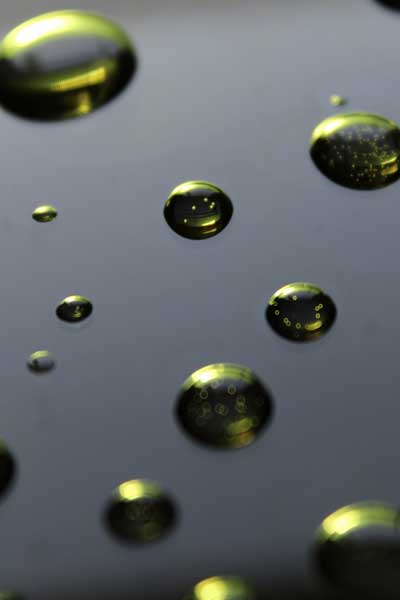
The Center for Disease Control defines Cleaning as "the removal of visible soil (eg. organic and inorganic material) from objects and surfaces and normally is accomplished manually or mechanically using water with detergents or enzymatic products." For every business keeping their facility clean is important to the health of their employees and customers however just how clean each part of their business needs to be varies widely between industries and processes. Cleaning can also be generally referred to as Sanitation.
Disinfection is the elimination of most or all of the pathogenic microorganisms with the exception of bacterial spores. Some disinfectants can kill spores however the exposure time can be prohibitive to operations ie. 2-12 hours exposure.
Sterlization is the complete elimination of all forms of microbial life including spores.
The acronym TACT WINS summarizes the components and considerations for putting together an effective cleaning program.
- T-Time
- The appropriate amount of time used in cleaning is very important. If not enough time for cleaning is allowed or too much time is left to pass the surfaces will remain dirty.
- A-Action
- There are different examples of action. It could be the mechanical motion of applying pressure to the surfaces with cleaning agent with brushes or whitepads, the flow and pressure of water going through process piping, or spraying down the walls of a manufacturing area.
- C-Concentration
- The concentration of the cleaning agent being used needs to be appropriate for the task. The rinsability of a cleaning agent changes with the concentration being used. The surface being cleaned, the nature of the soil, and properties of the supply water being used are also important considerations for how concentrated of a cleaning solution should be.
- T-Temperature
- Each cleaning solution has a temperature range in which it should be applied to get the effectiveness desired. Typically for every 10 degree C increase in temperature the efficacy of the solution doubles.
- W-Water
- Before any level of sanitization or sterilization can occur the surface must be clear of soil. The first step in cleaning is usually a rinse of water which is a universal natural solvent. The use of surfactants in the cleaners increases the waters ability to react with soils and carry them away during final rinse.
- I-Individual
- All individuals involved in the cleaning process must have appropriate training and understand the steps involved. Best practice is to have these steps clearly outlined in a written Work Instruction that the employee gets trained on and then can easily reference in the future. They must also understand the importance of wearing appropriate Personal Protective Equipment during cleaning and be provided this equipment and back-up in case of theirs malfunctioning or being damaged.
- N-Nature
- There are five basic kinds of soils the food industry must deal with: fats/grease, proteins, minerals, sugars and complex carbohydrates. The nature of the product being manufactured will determine the approach required.
- S-Surface
- When selecting the cleaning solution and method the material of all surfaces must be considered. Stainless steel is most common in food industry however other elements of the machinery may include rubber gaskets, plastic trays and handles, aluminum etc. Plastic for example can become brittle over time and cause a food safety hazard if the cleaning agent being used causes rapid breakdown of the plastic.
Wherever possible, Cleaning-In-Process aka CIP should be applied. This is utilizing the flow of existing process to circulate and rinse out the cleaning solution. herever this can be implemented safely it saves the time and labour of disassembling process equipment for sanitation. One downside to this approach is it tends to accelerate the wear of the process piping. This is another area where utilizing ozonated water can yield significant advantages of traditional cleaning chemicals.
At the end of the day if the cleaning program takes all of the above into consideration and effectively documents, trains, and communicates it to all team members involved, it should result in world class sanitation standards being achieved!
In many applications our clients see in excess of 30% water savings and significant reduction in energy costs of hot water. Contact us today to discuss how we might assist in establishing or improving your existing processes utilizing ozone as a natural cleaning agent.
*Reference: https://www.foodengineeringmag.com/articles/98657-the-basics-of-cleaning-and-sanitation-in-food-plants





